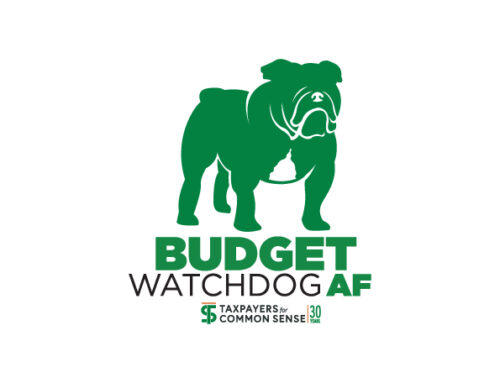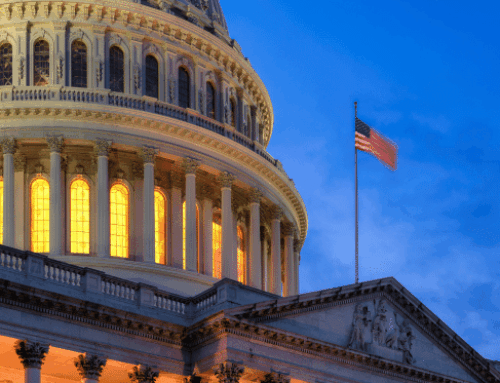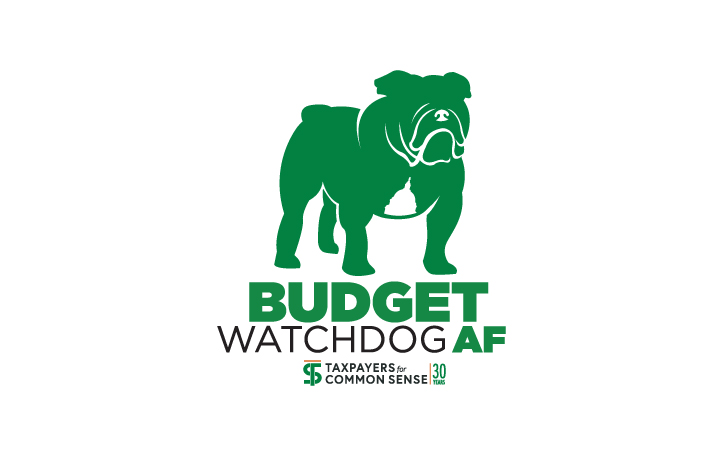Two decades ago, the Bridge to Nowhere became the symbol of wasteful government spending. At the urging of Alaska’s powerful delegation, Congress approved $231 million to connect the 15,000 residents of Ketchikan to the 50 residents of Gravina Island and its airport. The thing is, a ferry had been doing that job for years. Public outrage over the excess—and the defenders’ theatrics—was so fierce that lawmakers eventually killed the project. Earmarks, the practice of lawmakers steering federal dollars outside the normal budget process to specific projects or recipients, were tarnished. Washington swore it had learned its lesson.
Now earmarks, rebranded as Community Project Funding, are back. But as before, the story isn’t really about individual projects. It’s about Congress ducking tough choices. Earmarks are a symptom. The disease is a legislature unwilling to match spending with revenue, happy to disguise avoidance as reform.
The latest gimmick follows the same script. Instead of writing appropriations bills, leadership is floating a full-year continuing resolution (CR). Traditionally, CRs are last-ditch measures to keep government open, temporarily funding agencies at prior-year levels while budget talks continue. They usually exclude earmarks. But now, some lawmakers want a yearlong CR precisely because it locks in old funding—and to sweeten the deal, leadership is considering letting earmarks ride along. It’s sold as fiscal discipline. In reality, it’s political bribery for lawmakers in tight races and austerity for everyone else.
A full-year CR is no victory for taxpayers. It’s Congress refusing to do its job. Agencies limp along, unable to start new projects or adjust for inflation. Programs and contracts are frozen whether or not they’re needed. It’s inherently inefficient. And CRs are never “clean.” They’re riddled with anomalies—exceptions to last year’s numbers. Some make sense, like skipping inauguration funding in fiscal year 2025. Others are effectively earmarks, quietly steering cash to favored projects while the rest of government is stuck in neutral.
And this is on top of the One Big Beautiful Bill Act, which already pumped billions into favored agencies like Border Patrol, ICE, and the Pentagon. Pretending to freeze their budgets with one hand while fattening them with the other is not discipline. More money will flow in emergency supplementals—Congress has passed at least one every year since 2016. With Hurricane Erin evacuations, wildfires, and Texas flooding, you can bet another is coming.
Adding earmarks to a CR would only double down on dysfunction. Core functions would be stuck on autopilot while parochial projects barrel ahead. That’s not restraint; it’s favoritism codified. Senator Ron Johnson (R-WI) even floated a gimmick to claw back earmarks if lawmakers brag about them in public. That’s a don’t-ask-don’t-tell policy for self-dealing spending, not reform. The money still flows—lawmakers just have to keep quiet.
Congress is dodging the real budget work. Some lawmakers defend earmarks as constituent service; others call eliminating them fiscal restraint. Both miss the point. Neither position addresses the fundamental task of aligning spending with revenue, setting priorities, and making tradeoffs across a $7 trillion budget. Instead, we get rescissions that nibble at the margins, blanket cuts that punish good programs along with bad, and deference to the executive branch on spending decisions that the Constitution entrusted to Congress. Celebrating a full-year CR isn’t governing. It’s hiding.
Meanwhile, back door earmarks in the Pentagon budget go largely unchallenged and unnoticed. Every year Congress stuffs tens of billions of dollars into the Pentagon’s coffers for unrequested gear and parochial research. These “program increases” aren’t called earmarks, but they serve the same purpose—channeling money to states, districts, and campaign donors—and their combined cost dwarfs the headline-grabbing local projects.
Earmarks may never vanish, but they can be contained. Congress should post every request—including the recipient, purpose, and cost—in a searchable format online within 24 hours of a bill’s release. Cap the total cost and peg it to inflation. Require the Government Accountability Office to project long-term costs before money goes out the door. And impose the same rules on the Pentagon, where parochial spending doesn’t just waste taxpayer dollars—it undermines real security needs. Without those guardrails, we’ll be back to Teapot Museums and Cowgirl Halls of Fame in no time.
The lesson of the Bridge to Nowhere still stands. Sunlight works. Freezing the budget won’t kill parochial spending, and gag orders won’t stop it. Until Congress quits chasing shortcuts and does the hard work—writing appropriations bills in the open, debating priorities honestly, and disclosing every dime—taxpayers will keep paying for bridges that lead nowhere.
- sbw19 via Adobe Stock








